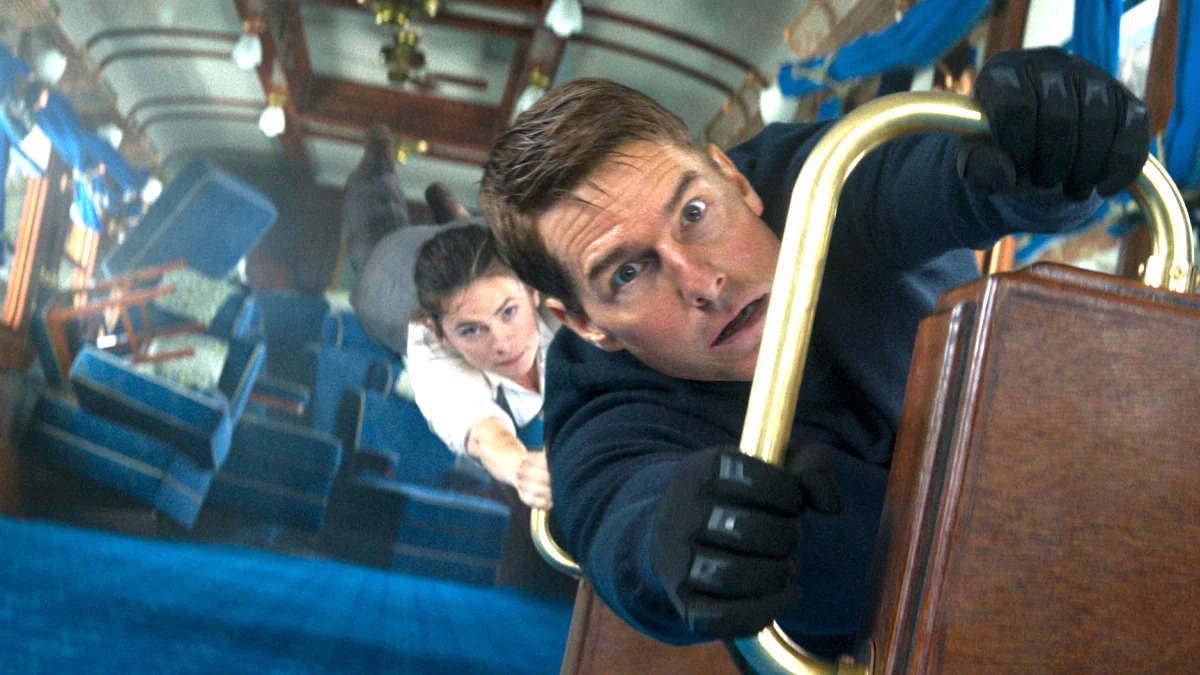Now that Indiana Jones and the Dial of Destiny and Mission: Impossible – Dead Reckoning Part One are both reportedly poised to lose $100 million each at the box office, it is time to examine what this means for the state of Hollywood right now.
Each of the legacy action franchise films starring huge marquee-grabbing actors cost roughly $300 million to make, and yet, the Harrison Ford-starring Indiana Jones 5 has only scraped together $375 million at the global box office after six weeks while the Tom Cruise-helmed Mission: Impossible 7 has only brought in $523 million since its July debut. When you consider the additional expenses incurred from marketing, this has both films projected to lose $100 million each, “according to sources familiar with the financials of similar productions,” Variety reported.
Perhaps these financial failures, along with The Flash and other superhero movies flopping earlier this year, are indicative of a prediction Steven Spielberg made ten years ago. During a speech commemorating the USC School of Cinematic Arts, back in 2013, Spielberg claimed we will one day see an “implosion” in Hollywood after a string of ultra-high-budget movies crash at the box office (per The Hollywood Reporter):
“There’s going to be an implosion where three or four or maybe even a half-dozen megabudget movies are going to go crashing into the ground, and that’s going to change the paradigm.”
These failures could be a sign that nostalgia reboots, action sequels, and superhero films could go the way of Westerns, as Spielberg once also predicted (per THR), and sword-and-sandal epics, which both fizzled out around the 1960s. This could usher in a new era in Hollywood where smaller-budget, original stories driven by unique visionaries could once again dominate, just like in the 1970s.
True, Spider-Man: Across the Spider-Verse is one counter-example to this argument, since it is a superhero film and was still a huge box-office success. However, when you consider the inventiveness in its storytelling, such as using the animation medium to create scenes that resemble living oil paintings, as well as a break-neck-pace story that plucks at philosophical quandaries, the film stands in a league of its own compared to others in its genre. Taking a look at superhero movies as a whole this year, such as the disappointments found in Shazam! Fury of the Gods and Ant-Man and the Wasp: Quantumania, with the former straight-up flopping and the latter barely eking out a profit, it is obvious that the creative well is starting to run dry for certain genres.
Both Mission: Impossible 7 and Indiana Jones 5 were impacted by the COVID-19 pandemic, as were many of the superhero films mentioned here. And while that is something to consider, in terms of it definitely inflated the budgets for these movies, the rise of out-of-control budgets for big tentpole action movies has arguably been building up for years, way before the pandemic was even a glimmer in the world’s eye. Take 2017’s Justice League, for instance, which had a massive budget of $300 million but a worldwide box-office take of only $655 million, according to The Numbers, with it widely being reported as a notorious flop as a result.
Arguably, these tentpole action flicks may have peaked in 2019 when Disney alone churned out seven $1 billion worldwide box-office films in a single year (eight if you include the Sony co-production Spider-Man: Far From Home), with all of them being action extravaganzas, nostalgic reboots, sequels, or superhero films of some kind. Pandemic or not, audiences’ tastes may have simply changed since the days of Avengers: Endgame and the uncanny valley Lion King remake. As a testament to that change, Disney has not produced a single billion-dollar film this year.
The record-breaking box-office successes of Oppenheimer and Barbie, two movies created from the unique visions of directors Christopher Nolan and Greta Gerwig, respectively, that do not rely on an existing movie franchise or overuse of CGI, should tell you everything about where Hollywood is headed right now. Especially when those groundbreaking films occurred the very same summer that Indiana Jones 5, Mission: Impossible 7, and The Flash are hemorrhaging money. This illustrates the Hollywood paradigm shift that Spielberg mentioned may well be underway as we speak.
If that pans out to be true, we may soon see more movies that parallel the experimental auteur films that dominated the late ’60s and ‘70s like The Godfather, Taxi Driver, and Midnight Cowboy — which all made many times more at the box office than their respective budgets and profited — rather than the latest efforts by Marvel, DC, or even legacy action film franchises reigning supreme.
